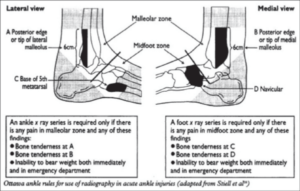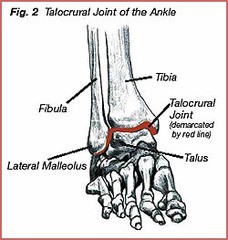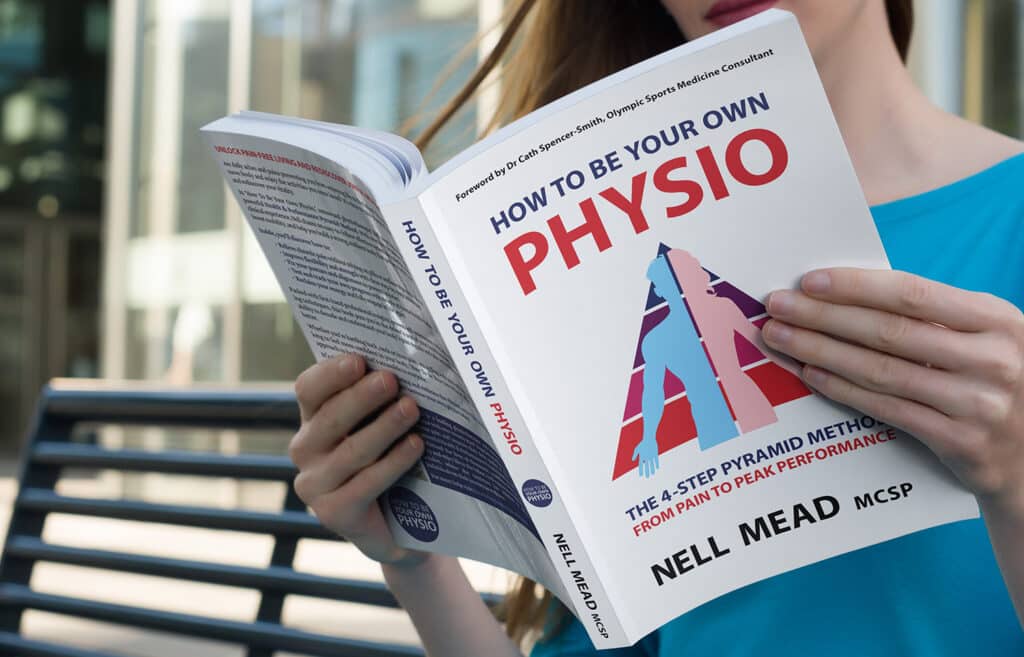
ISM Case Study: the neck driven ankle
Over the past few weeks, I’ve been writing about Diane Lee’s Integrated Systems Model (ISM), which is a big
A broken ankle or a bad sprain can often be one of the most difficult things to recover from
Get in contact
Just call my London team on
0207 175 0150 or use the form below and let me help you get better.
A broken ankle or bad sprain can often be one of the most difficult things to recover from. This is because life has to go on, and it’s therefore so hard to rest feet and ankles properly. Foot and ankle pain physiotherapy starts with finding the real cause, in order to provide the best foot and ankle pain treatment plan.
That being the case, it’s important to give your feet and ankles the best possible chance, by optimising your foot biomechanics and strength, and also by making sure that your body is moving well over the top of your foot. I’ve seen lots of people whose Achilles tendonitis or plantar fascia pain was caused by a poorly-moving pelvis which has overloaded their feet (and once I’ve treated their pelvises, the foot and ankle pain has “magically” resolved itself).
It’s also important that your feet function well – if your feet are stiff then you will struggle to absorb shock properly (putting you at risk of stress fractures) and if they’re weak then your arches may collapse when you walk, pulling on the inside of your shins (a common cause of “shin splints”).
The way you walk is also important – if you’re walking well, you will hit the ground with the outer third of your heel bone, and then push off your big toe, with your arches flattening as you load them and re-forming as you push off again. Lots of people do not do this well, resulting in overloaded joints and muscles, and eventually in pain.
Each foot problem has its own specific cause, and therefore the best way to treat each foot may be completely different.
When I treat you, we’ll start off by discussing when your foot pain occurs (is it all the time, when you wake up in the morning, or when you land on it?) and then look at your posture and your movement patterns throughout your whole body, especially with regard to the activity or posture that hurts you most, in order to work out where your problem is originating from.
Once we work out what’s going on, we can put together a foot and ankle pain physiotherapy treatment plan. The plan will be completely individual to you: based on whether your foot is the cause of your problem or whether it’s compensating for a problem elsewhere in your body, on your own goals and priorities, your diary, and how much time you’re able to devote to your recovery.
I specialise in the treatment and rehabilitation of foot and ankle conditions in my central London clinic. All my consultations are available both in the clinic and online where we can discuss your issues and how I can help you recover by providing physio for foot pain.
At my London physio clinic I see patients with a variety of foot & ankle issues including
Learn more about the following foot and ankle physiotherapy I provide
Follow-up sessions if required are usually an hour – it’s important to me to be very thorough when it comes to foot & ankle pain physiotherapy, as I want to be the last foot & ankle physiotherapist you need.


Over the past few weeks, I’ve been writing about Diane Lee’s Integrated Systems Model (ISM), which is a big

If you’ve just twisted or injured your ankle, when should you go and get medical help? How can you tell if it’s a fracture or a sprain? Read on to find out

We use our ankles all the time without thinking anything of it – but the truth is, they’re delicate and finely tuned bits of kit.
Simply fill in the form and my team will call you
Quick Links
Address
Longcroft House
2-8 Victoria Ave
London
EC2M 4NS
Are you tired of quick fixes that leave you back at square one? Ready to take control of your health with evidence-based strategies?
My book isn’t just another health tome – it’s your ticket to understanding your body and conquering both niggles and long-standing symptoms.
